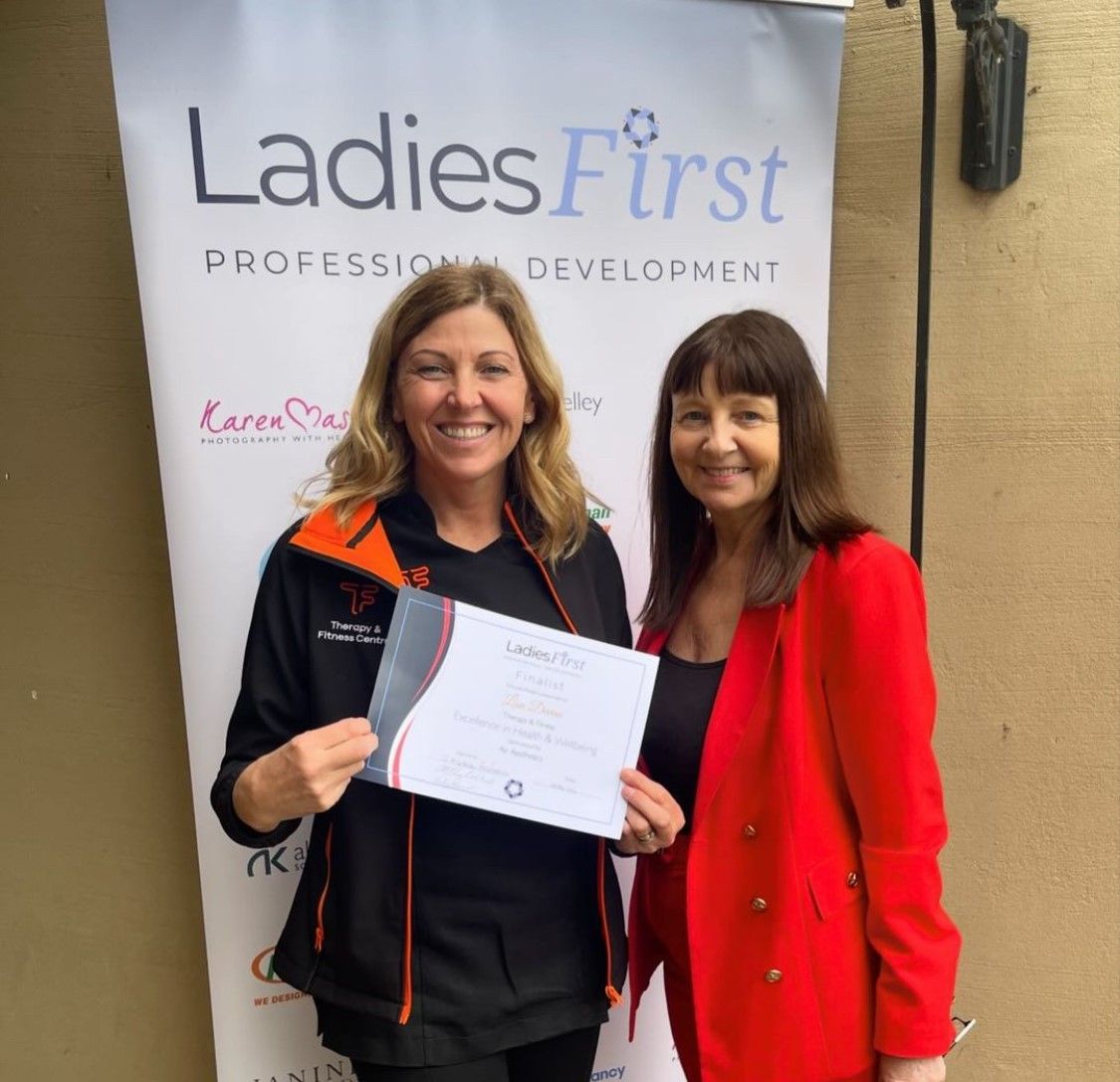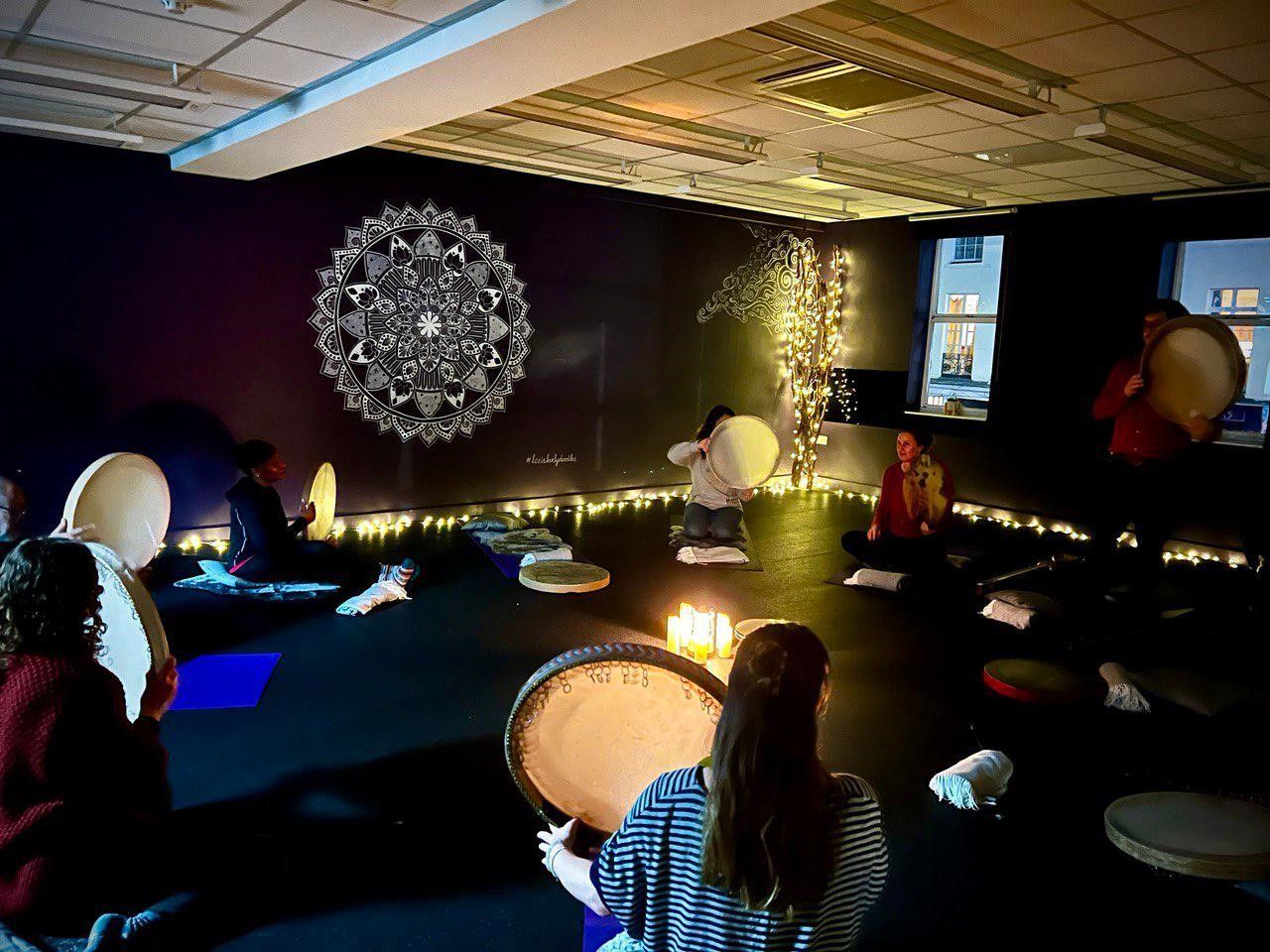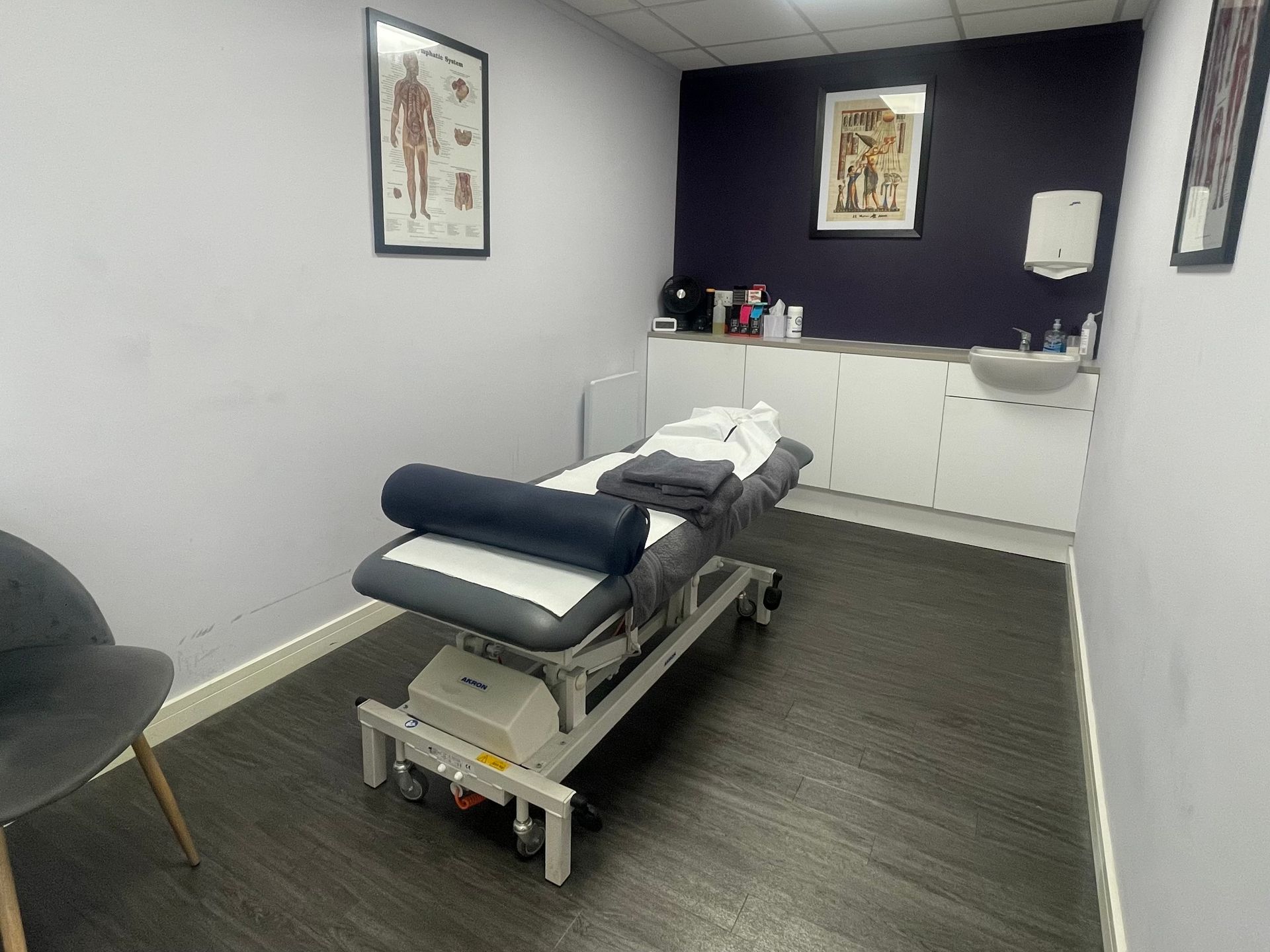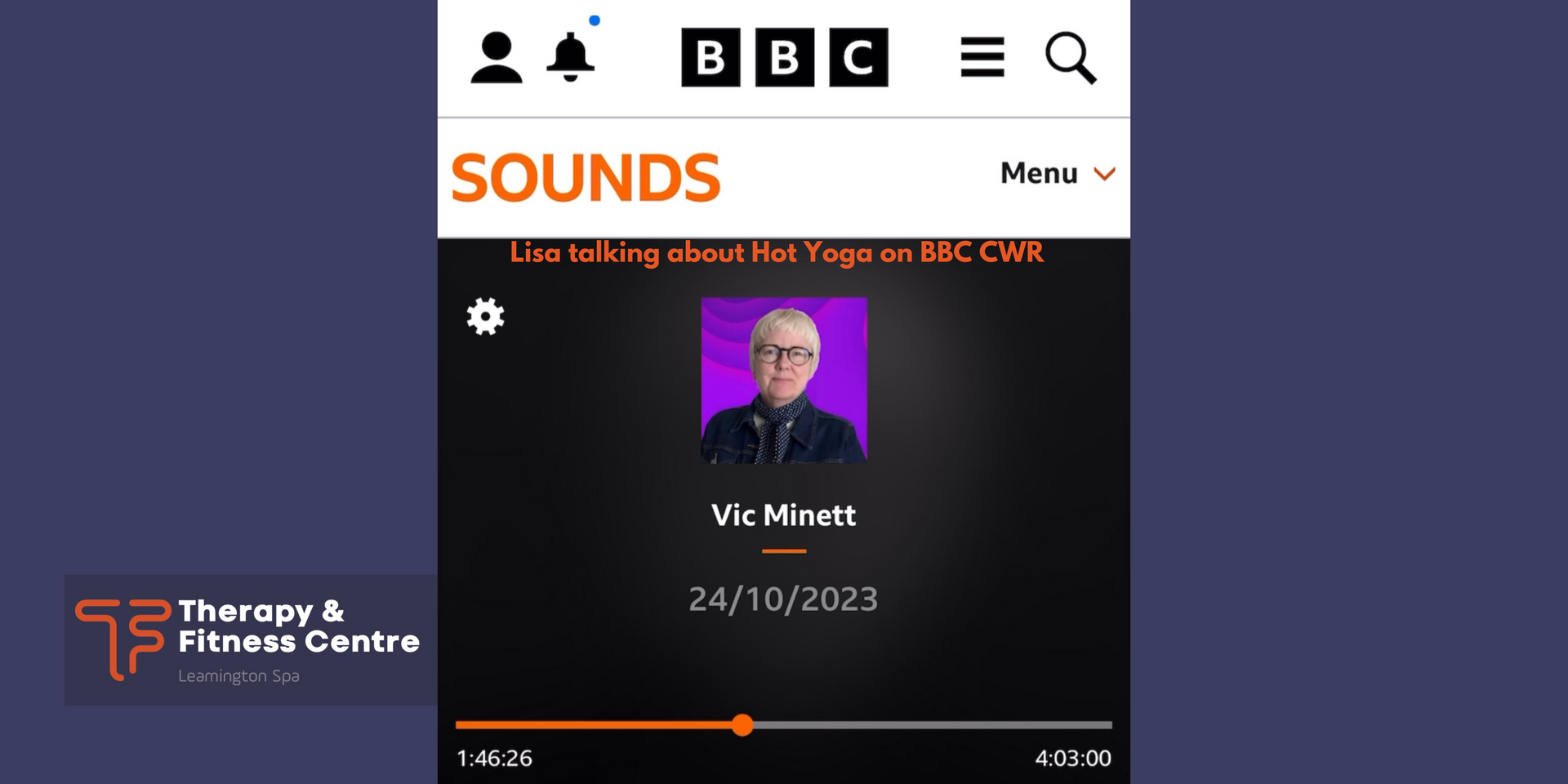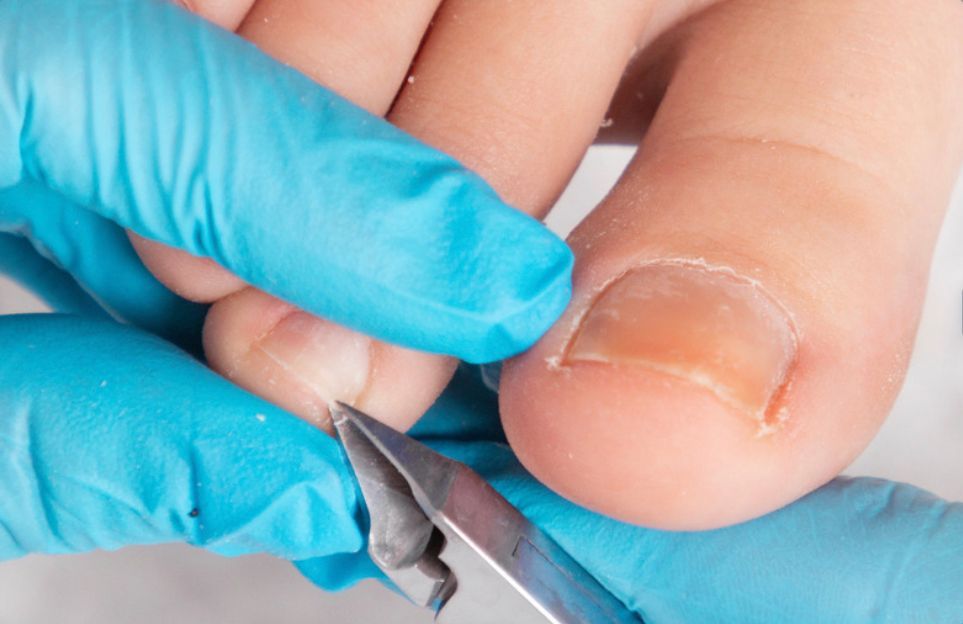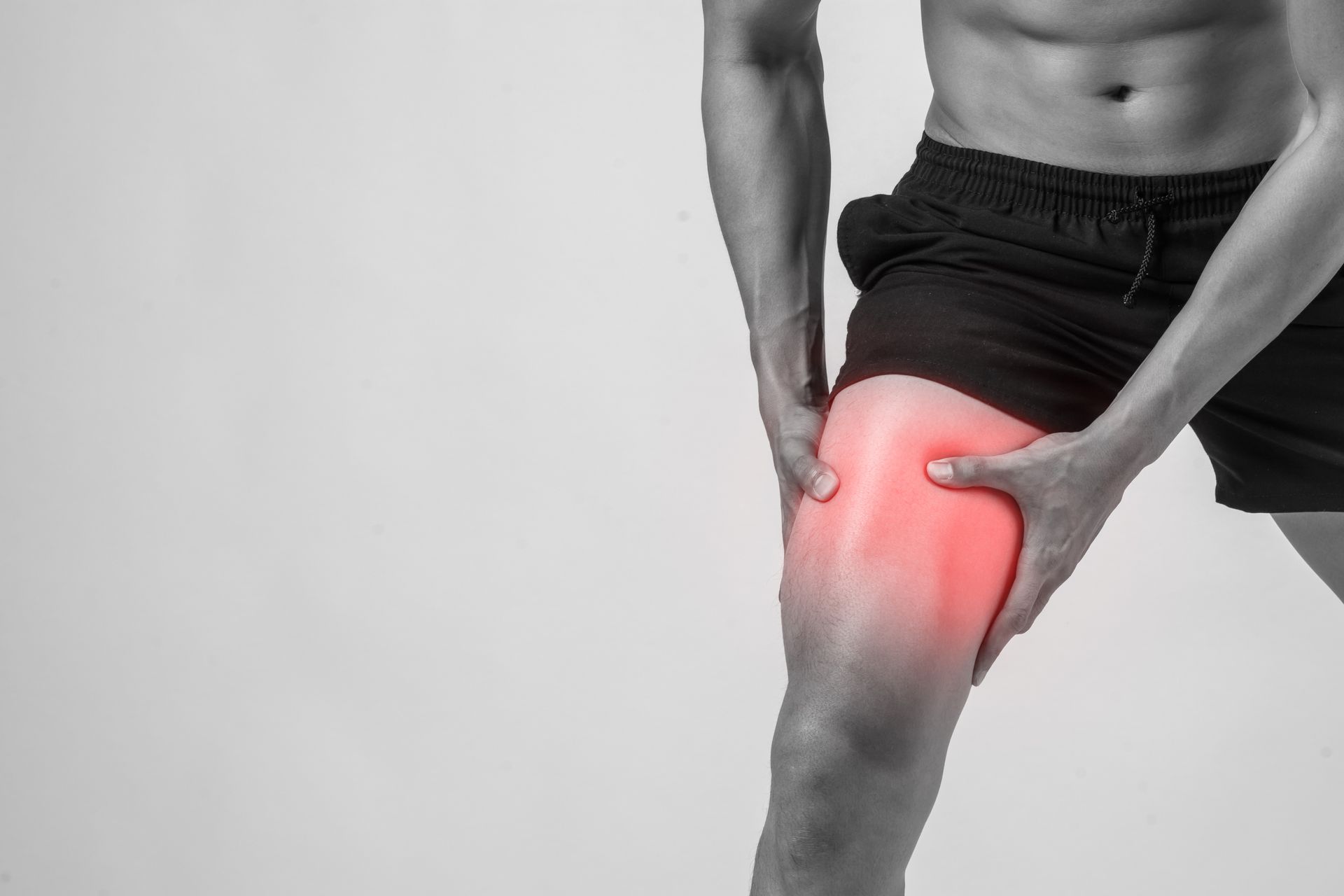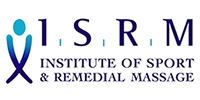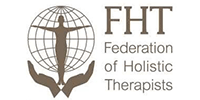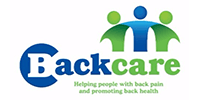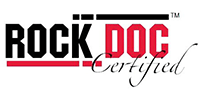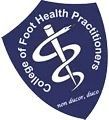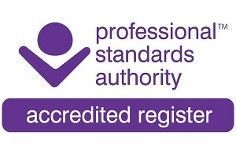Exercises and Stretches for Sciatica
What is Sciatica?
Sciatica occurs when the sciatic nerve that runs from your lower back to your feet becomes irritated. This is usually because of muscle strain but can also be caused by small spinal changes such as a herniated spinal disc or spinal stenosis.
Symptoms of sciatica include shooting pains, tingling, and numbness, and usually affect only one side of the body. It is common for sciatica to heal naturally within 4-6 weeks, but it is important for you to keep moving and stretching those muscles.
At
The Leamington Therapy Centre, our
massage therapists are committed to continually learning and developing their knowledge to provide effective and bespoke
sciatica treatment. They have worked with a wide range of clients and have gained experience in both treating, and preventing the recurrence of sciatica pain.
Why Exercise Is Important For Sciatica Recovery
It may seem strange to actively exercise an agitated nerve, but actually, sitting and lying down for long periods of time is the worst thing you can do when you’re suffering from sciatica.
Stretching helps to relieve pressure from the sciatic nerve which will reduce pain as well as the chances of recurring sciatic injury. Likewise, continuing with daily exercises such as swimming, running, and walking is vital for sciatica recovery.
All of the stretches that we recommend are only advisory, and if they cause any discomfort or pain, you should release yourself from the position immediately. If the pain continues to get worse, book an appointment with your GP as they will be able to provide you with the best advice regarding your sciatica pain.
Visit our blog on
how to relieve painful sciatica for advice on pain relief and what to avoid when you are suffering from sciatica.
Exercises for Herniated Disc
A herniated disc occurs when a disc pushes out from the spine. It does not always cause symptoms, but when a disc slips in the lower back, it can cause sciatica. Exercises to reduce this form of sciatica involve opening up the spine to relieve pressure from the sciatic nerve.
Lie on Your Side
- Lay down on your side making sure that you are lying on the unaffected side. Lying on the affected side can add more pressure to the pained area.
- Use two pillows; one to prop up your head for a more comfortable position and the other should be placed between your legs.
- You may also wish to place a pillow beneath your waist to relieve more of the pressure.
- Stay in this position for as long as is comfortable.
Feet on Chair
- Lie on the floor with a pillow beneath your head for comfort.
- Raise your legs so that your calves are resting on a chair. Your thighs should be at a right angle to your body.
- Stay in this position for as long as is comfortable.
Buttocks Squeezing
- Lie on your back with your knees bent and your feet flat on the floor.
- Tense your buttocks as tightly as you can for five seconds, then relax.
- Repeat this 10 times.
Exercises for Spinal Stenosis
Spinal stenosis occurs when the spinal column narrows and puts pressure on the nerves that run through it. Exercises for spinal stenosis aim to strengthen the muscles around the lower spine and relieve tension in the joints.
Knee to Chest
- Lie on your back with your legs straight out in front of you.
- Bend one knee into the chest, and create a slow bouncing movement.
- Perform this movement 10 times then gently lower your leg.
- Repeat this exercise on the other side.
- Repeat this exercise with both legs raised.
Pelvic Tilt
- Lie flat on your back with your legs bent and your feet flat on the floor.
- Tense your abdominal muscles and flatten your back against the floor.
- Hold this position for 5-10 seconds and release.
- Repeat this 10 times.
Lower Trunk Rotation
- Lie flat on your back with your knees bent and your feet flat on the ground.
- Whilst engaging your core muscles to protect your back, gently rotate your legs over to one side so that your knee is touching the floor.
- Hold this position for 5-10 seconds.
- Repeat on the other side.
- Repeat this exercise 10 times.
Exercises for Piriformis Syndrome
Piriformis is a small muscle in the buttox that can spasm, and cause sciatica pain. Exercises for piriformis involve stretching out the buttocks muscles to remove pressure caused by the piriformis muscle on the sciatic nerve.
Supine Piriformis Stretch
- Lie on your back, with your knees bent and feet flat on the floor.
- Raise your affected leg, and place your ankle over the top of the opposite knee.
- Place your hands under the thigh of the lower leg and gently pull it towards your chest.
- Hold this pose for 20-30 seconds, ensuring that your raised leg does not cross over the body.
- Gently release.
Hip Extension
- Position yourself on all fours.
- Raise your affected leg back and up, keeping your foot level with your buttocks and retaining a slight bend.
- Hold for 10-20 seconds then lower your leg back to the ground.
- Repeat this movement 2-3 times.
Knee to Chest
- Lie flat on your back with both legs extended.
- Bend the knee of your affected leg towards the chest, and hold in position for 10-20 seconds with your hands.
- Gently straighten and lower your leg back to the ground.
- Repeat this movement 2-3 times.
Seated Twist
- Sit on the floor with both legs straight out in front of you.
- In the case that your right leg is affected, raise the left leg and cross it over the other, placing your left foot against the outside of the right knee.
- Sit up straight, and twist the body towards the left, placing your left hand on the floor behind you.
- Hold this pose for 10-20 seconds.
- Release from the twist and uncross your legs.
Sciatica During Pregnancy
Sciatica pain is very common during pregnancy as the extra weight puts pressure on the lower body and therefore the sciatic nerve. Sciatic pain during pregnancy is nothing to worry about unless the symptoms persist.
The most important thing to do if you are experiencing sciatica symptoms during pregnancy is to go see your GP, and not to attempt exercises without previous medical advice. It is likely that you will be referred to a physiotherapist or chiropractor, or prescribed medication for sciatica pain relief.
How to Prevent Sciatica
Sciatica is most commonly caused by injury or weak muscles.
To prevent Sciatica recurrence, follow these best practises:
- Adopt a steady exercise routine that includes exercises that strengthen the lower back and abdominal muscles.
- Avoid sitting down for extended periods of time, and sit with correct posture.
- Maintain healthy body weight as obesity can cause spinal damage.
- When lifting heavy objects, bend your legs to alleviate back strain.
Benefits of Physiotherapy for Sciatica
It is beneficial to seek physiotherapy for the symptoms of sciatica because a professional physiotherapist will be able to provide the best personal advice for you depending on the severity and cause of your pain.
At The Leamington Therapy Centre, we provide a bespoke plan to give you the highest quality treatment for your specific sciatica pain.
If you require further information about the sciatica treatments provided by
The Leamington Therapy Centre, or for enquiries about our other treatments, feel free to get in touch with our team.
Sign up to our newsletter to receive £5 off your first treatment.
01926 833003 |
info@leamingtontherapycentre.co.uk
